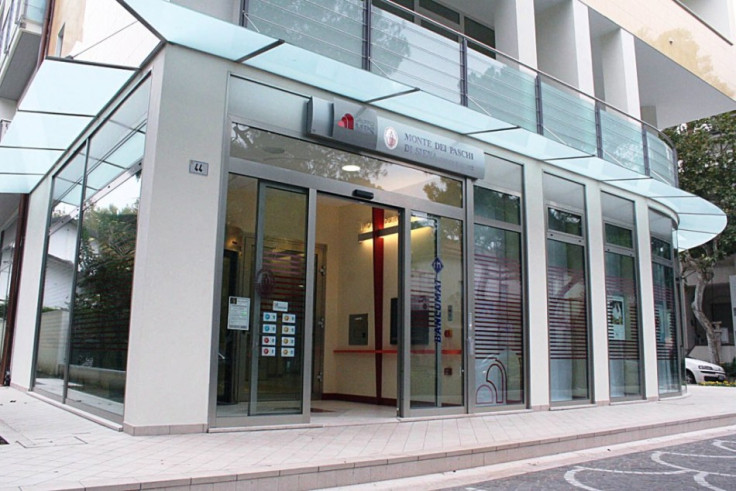Italy's Monte Paschi to Present Turnaround Plan to Investors

Italy's third-biggest lender Banca Monte dei Paschi di Siena (MPS) is expected to approve a radical turnaround plan in order to secure €4.1bn (£3.5bn , $5.5bn) in rescue funds and avoid handing over a stake to the Italian government.
The new plan will be presented to investors before the markets open on 25 September.
The world's oldest bank, which came close to financial collapse in the eurozone debt crisis, must agree to a tough restructuring process that forces it to raise €2.5bn through a stock sale in 2014 - more than double the amount originally proposed by its managers.
Failure to do so would result in the nationalisation of the troubled bank - with the Italian government converting state loans into equity.
However, the massive capital increase demanded by the EU makes the prospect of Monte Paschi falling under state control more likely, reported Reuters.
The EU also wants the bank to slash more jobs, close more branches and reduce salaries of its top managers. The bank has been asked to gradually fold up its €29bn Italian government bond portfolio. An earlier restructuring plan ordered the bank to eliminate 4,600 jobs and shut 400 branches by 2015.
The government bailout will help MPS meet the European Banking Authority's (EBA) core Tier 1 capital requirements.
Monte Paschi reported a net loss of €100.7m for the first quarter of 2013, compared to a profit of €89m in the 2012 Q1.
During the first quarter, the bank almost halved loan-loss writedowns to €484m. Its core Tier 1 ratio, a key measure of a bank's capital strength, stood at 11.1% at the end of March, on the back of government funding.
The bank is at the centre of a fraud probe. Its managers have been accused of hiding more than €700m in losses under a derivatives scheme. In April, it received shareholder approval to sue former managers in connection with the scandal.
MPS, founded in 1472, was the first Italian bank to receive some form of state aid after the government said it would underwrite up to €3.9bn worth of bonds that are similar to Tremonti bonds.
© Copyright IBTimes 2025. All rights reserved.






















